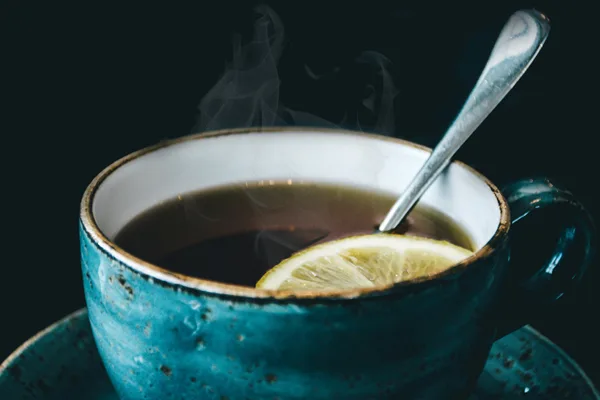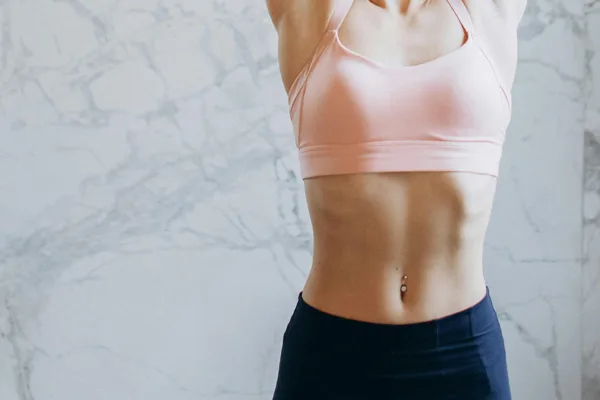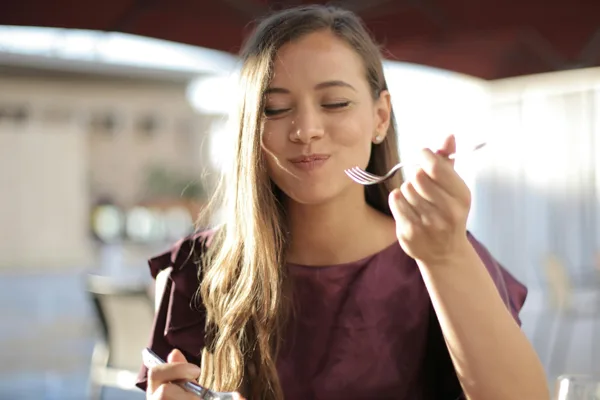Breathing Easy: 10 Natural Remedies to Beat Chest Congestion
Chest congestion is a common respiratory issue characterized by the accumulation of fluid and mucus in the lungs. This buildup often accompanies a productive cough, where thick mucus is expelled from the airways. It’s a frequent occurrence during respiratory infections like colds or bronchitis. When you experience chest congestion, you may feel a sensation of […]
Breathing Easy: 10 Natural Remedies to Beat Chest Congestion Read More »












